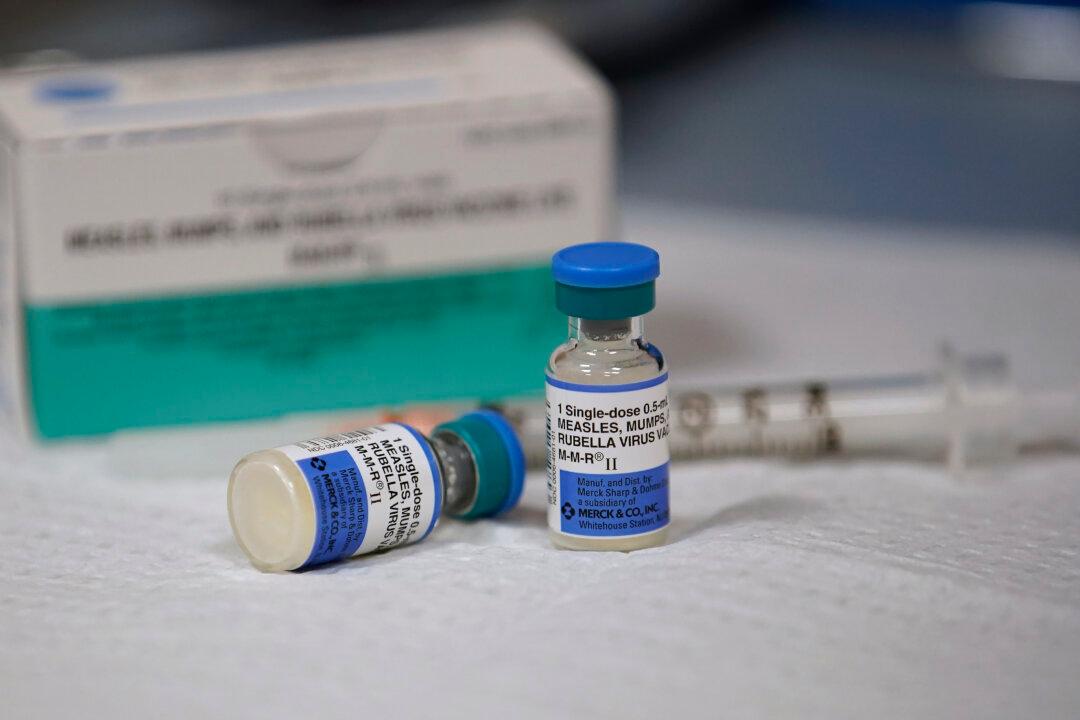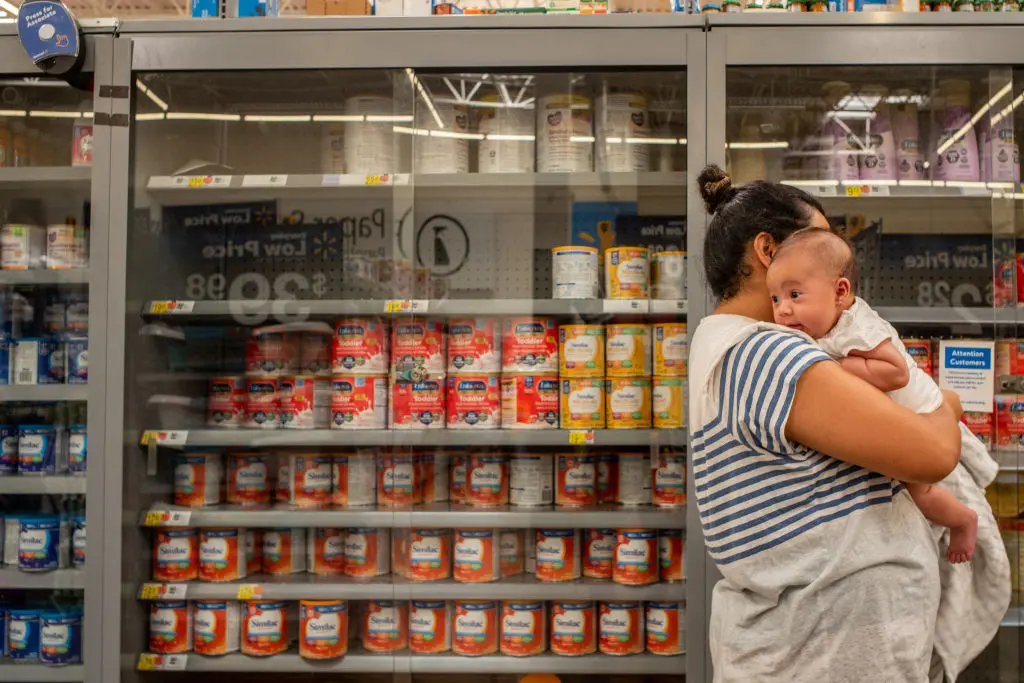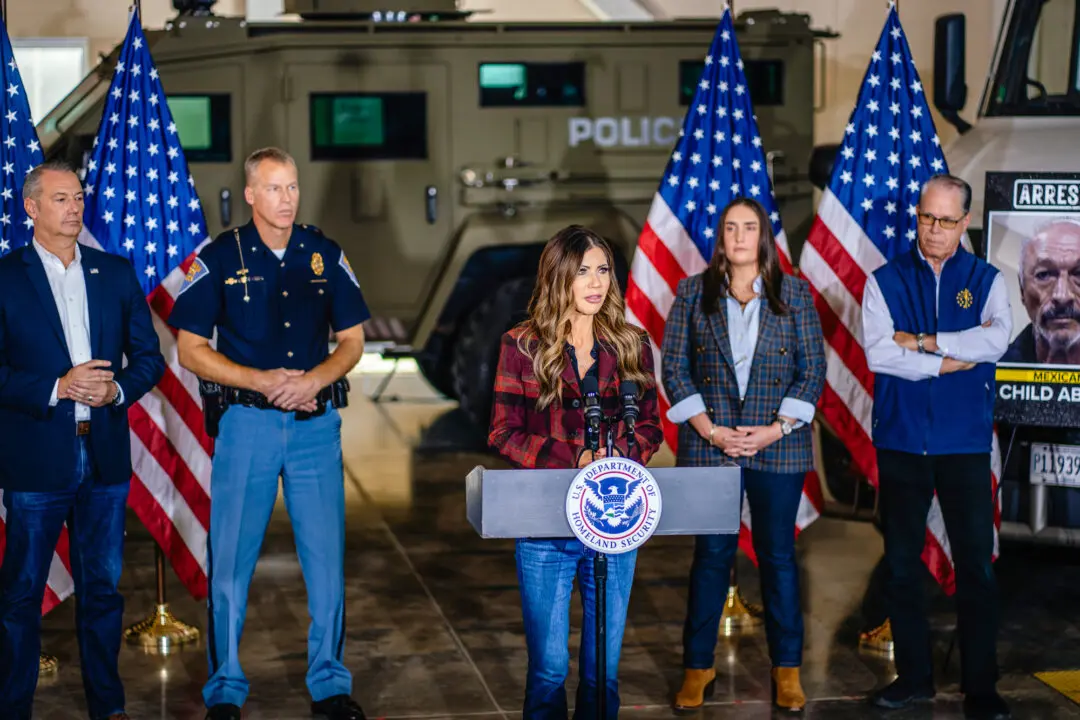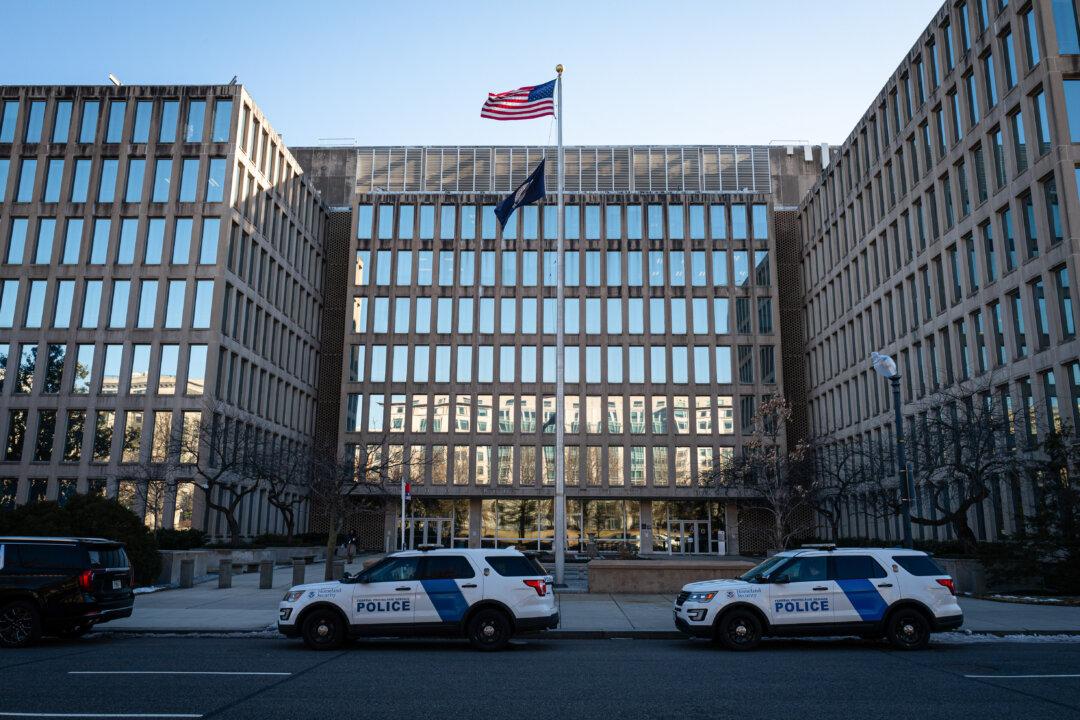Two illegal immigrant children have been infected with measles in Chicago, with the city’s health agency asking families at the shelter to avoid sending their children to schools.
The first measles case was confirmed by the Chicago Department of Public Health (CDPH) on Thursday. The individual was reportedly “recovering well at home.” This was the “first case identified in a Chicagoan since 2019,” the agency stated. A second and third case have been reported, this time among children from a new arrivals shelter in Pilsen. The first child, reported on Friday, “has recovered and is no longer infectious.” The second child, reported two days later, “is hospitalized in good condition.”





